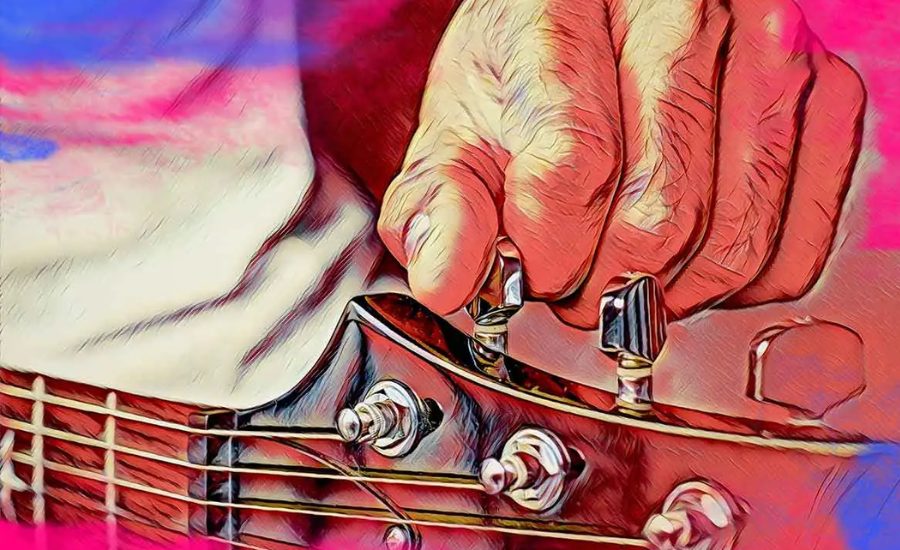The Ultimate Guide to 432Hz, Pigments Pythagorean, Soundscapes, Professionals & More
Arturia Colors has turned into a go-to device for makers and sound originators, offering a strong union stage with an extensive range of sounds. Its flexibility makes it a number one for making everything from realistic soundscapes to exploratory electronic music. However, what happens when you take this generally strong programming and coordinate it with the antiquated act of tuning to 432Hz? In this aide, we’ll investigate how to utilize Arturia Shades at 432Hz, dive into different demeanor tunings, and reveal reasonable applications in music creation.
Understanding 432Hz Tuning: A Brief Overview
Tuning to 432Hz has been a subject of both interest and discussion among performers and sound lovers. Some accept that 432Hz resounds all the more agreeably with the normal world and the human body, offering an additional quieting and regular listening experience contrasted with the standard 440Hz tuning. While logical proof supporting these cases stays uncertain, the hear-able distinction is irrefutable. For those keen on investigating elective tunings, 432Hz presents a remarkable chance to make music that feels hotter and more associated with the audience.
Getting Started with Arturia Pigments
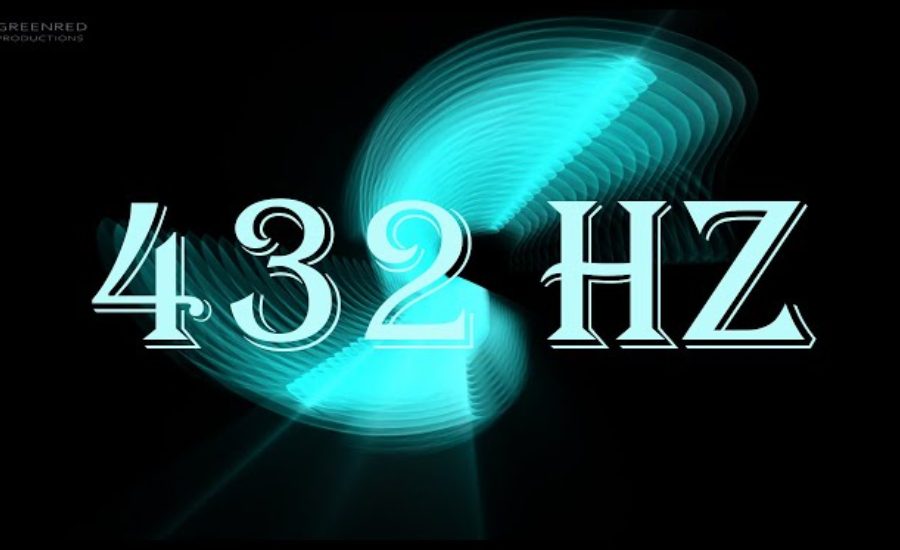
Arturia Colors is a product synthesizer prestigious for its profound customization and sound-chiseling capacities. Whether you’re utilizing its wavetable and virtual simple motors or investigating granular and consonant blend, Shades offers a huge swath of sonic potential outcomes. To outfit the force of 432Hz tuning in Arturia Colors, you first need to change the worldwide tuning settings.
Access Global Settings:
- Open arturia pigments 432hz precise temprament and navigate to the settings menu.
- Look for the “Global Tuning” option, which is typically set to 440Hz by default.
Change Tuning to 432Hz:
- Change the tuning recurrence from 440Hz to 432Hz.
- Guarantee that this setting applies to all motors and voices inside Shades. This straightforward change will tune all sounds you make inside Colors to 432Hz, furnishing a new sonic surface lined up with this elective tuning reasoning.
Exploring Temperament Tuning in Arturia Pigments
Demeanor tuning is the technique for partitioning an octave into a progression of pitches or notes. While equivalent demeanor is the most widely recognized in Western music, different personalities can yield extraordinary and expressive outcomes, particularly when joined with 432Hz tuning. Arturia Shades permits you to investigate these demeanor choices, offering a rich scene for melodic trial and error.
Equal Temperament at 432Hz:

Equivalent disposition partitions the octave into 12 equivalent parts, which is the norm in most current Western music. When tuned to 432Hz, equivalent demeanor creates an observably unique sound contrasted with 440Hz tuning. The change in recurrence unpretentiously modifies the sounds, giving your music a hotter and more normal feel. This is a clear methodology yet offers a critical takeoff from the standard.
Just Intonation:
Just sound is a tuning framework in view of entire number proportions between pitches, making unadulterated spans that are in many cases more consonant than those in equivalent demeanor. When utilized at 432Hz, just sound can deliver rich, resounding harmonies that are profoundly fulfilling to the ear. This tuning framework underscores normal symphonious connections, making it an incredible asset for making music with a more natural and profound effect.
Pythagorean Tuning:
Pythagorean tuning depends on numerical proportions got from the consonant series, zeroing in fundamentally on amazing fifths. This tuning technique, when joined with 432Hz, can give your arrangements an old or otherworldly quality, bringing out the hints of early music customs. Pythagorean tuning is especially powerful in making music that feels both grounded and extraordinary.
Meantone Temperament:
Meantone personality is a split the difference between pitch and equivalent disposition, making a more uniform tuning across various keys. Utilizing this disposition at 432Hz can adjust the immaculateness of only pitch with the common sense of equivalent demeanor, offering a flexible tuning choice that functions admirably in various melodic settings.
Well Temperament:

Well demeanor is an authentic tuning framework that considers playing in numerous keys without the cruel discord tracked down in a few different tunings. At 432Hz, well disposition can offer a wide range of apparent shades, making it ideal for complex structures and soundscapes. This demeanor considers expressive key tweaks while keeping an amicable generally speaking sound.
Practical Applications in Music Production
Now that you’ve changed the worldwide tuning and investigated different demeanor choices, now is the right time to apply these settings to your music creation. Whether you’re chipping away at surrounding soundscapes, realistic scores, or electronic music, 432Hz tuning with explicit demeanor changes can open up new inventive conceivable outcomes.
Ambient and Meditation Music:
432Hz tuning is especially well known in classifications like surrounding and contemplation music, where the objective is frequently to make a feeling of harmony and unwinding. Exploring different avenues regarding just pitch or Pythagorean tuning at 432Hz can upgrade the quieting impacts of your music, making it more full and vivid. The normal sounds delivered by these tunings can assist with establishing a sonic climate that feels both calming and profoundly associated with the audience.
Cinematic Soundscapes:
For film scores or computer game music, utilizing elective tunings can add a layer of profundity and feeling to your structures. The unpretentious varieties in pitch and congruity that go with 432Hz tuning can make your soundscapes more suggestive and effective. Whether you’re scoring a strained activity scene or a peaceful scene, 432Hz tuning can assist with making a more vivid hear-able experience.
Electronic and Experimental Music:

Electronic music is tied in with pushing limits, and 432Hz tuning offers an extraordinary method for separating your sound. Joining Arturia Colors’ high level tweak abilities with elective tunings can prompt imaginative surfaces and rhythms that hang out in the jam-packed electronic music scene. Whether you’re making mesmerizing beats or theoretical sound compositions, 432Hz tuning can give a new viewpoint.
Live Performance:
On the off chance that you’re a live entertainer, tuning to 432Hz can separate you from different performers, making a particular sonic mark. The utilization of various dispositions in a live setting can likewise add a component of eccentricism and energy to your exhibitions. Crowds will most likely be unable to express the distinction, however they’ll feel it, and that can make your exhibitions more vital.
Sound Design Tips for 432Hz in Arturia Pigments
Working with 432Hz tuning in Arturia Colors is something other than changing a setting; it’s tied in with embracing another way to deal with sound plan. Here are a few hints to assist you with benefiting from this tuning:
Layering Sounds:
Make layers of sound utilizing various dispositions inside a similar piece. This can bring about rich, complex harmonies that communicate in entrancing ways. By layering sounds tuned to 432Hz with different personalities, you can make surfaces that are both mind boggling and amicable.
Use of Modulation:
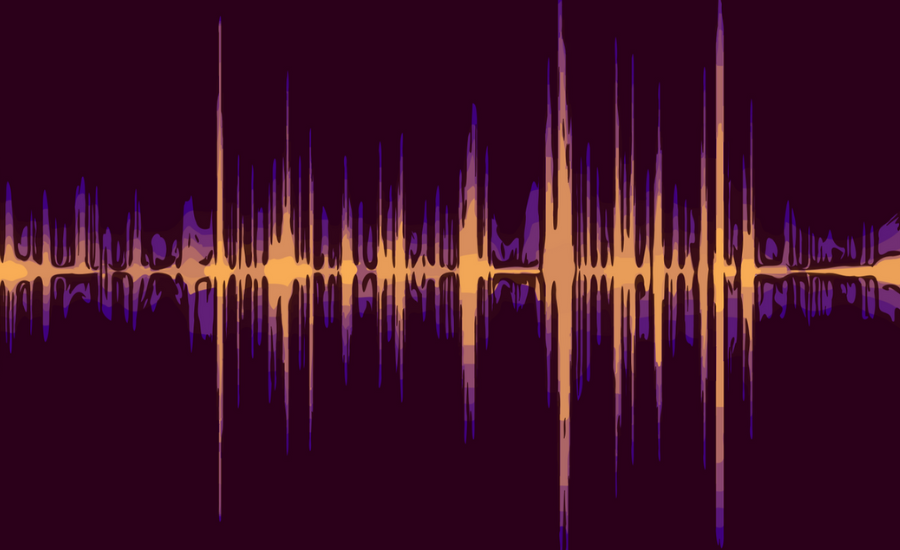
Arturia Colors succeeds at balance. Use LFOs, envelopes, and sequencers to regulate boundaries like pitch, channel cutoff, or impacts, stressing the extraordinary qualities of 432Hz tuning. Tweak can assist with drawing out the unpretentious contrasts in music and suggestions that 432Hz tuning produces, adding profundity and development to your sounds.
Exploring Harmonics:
Give close consideration to the music while planning sounds. 432Hz blocking can bring out various hints contrasted with 440Hz, so investigate how these music communicate inside your patches. Exploring different avenues regarding consonant substance can prompt new and unforeseen sonic disclosures, particularly when joined with the extraordinary demeanors accessible in Arturia Colors.
Integration with Other Instruments:
Assuming that you’re coordinating Colors with different instruments, guarantee they’re likewise tuned to 432Hz to keep up with consonant consistency across your creation. Blending instruments tuned to various frequencies can make disharmony, so keeping all that in alignment is fundamental. At the point when all components of your track are tuned to 432Hz, the general sound will be more strong and full.
Benefits of Using 432Hz Temperament
The 432Hz tuning is lauded for its stylish characteristics as well as for its possible mental and profound advantages. While logical proof is as yet a subject of discussion, a huge number and performers the same report constructive outcomes when presented to music tuned to 432Hz.
Psychological and Emotional Benefits
Listeners often describe experiencing a sense of calmness, mental clarity, and emotional warmth when listening to 432Hz music. This frequency is said to resonate more naturally with the human body, potentially reducing stress and fostering a deeper emotional connection to the music. Consequently, 432Hz tuning has become a popular choice in music therapy and other wellness practices.
Artistic Expression
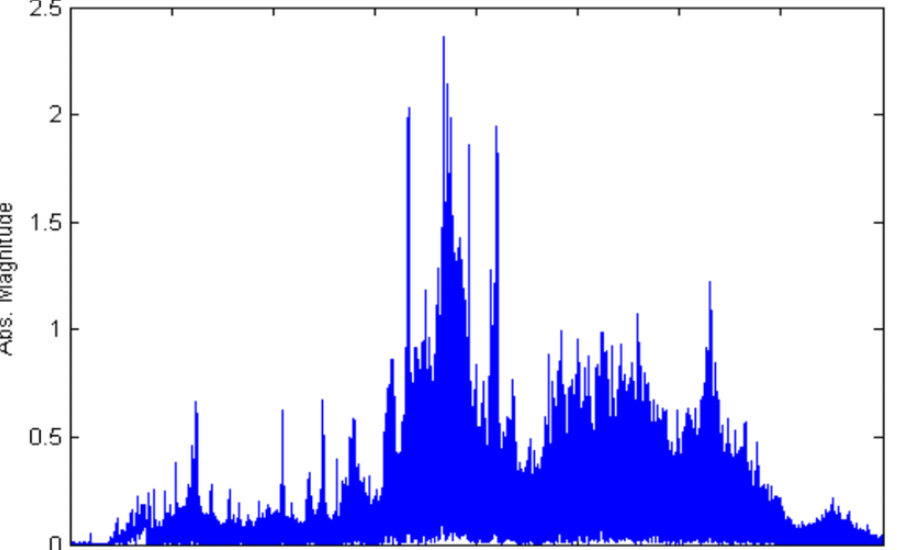
For musicians, 432Hz offers a unique opportunity for artistic expression. The slightly lower pitch compared to 440Hz creates a warmer, more organic sound, which can be particularly effective in genres focused on atmosphere and emotion. By experimenting with 432Hz, artists can explore new moods and textures, pushing the boundaries of their creative potential.
What is 432Hz Temperament?
The 432Hz tuning, frequently alluded to as “Verdi’s A” or “the normal tuning,” is an arrangement of pitch that is accepted to adjust all the more intimately with the regular frequencies of the universe. By and large, this tuning is said to deliver a more amicable and calming listening experience contrasted with the standard 440Hz tuning. While 440Hz is the cutting edge show pitch standard, 432Hz has earned a devoted following among performers and sound mending specialists who guarantee it advances unwinding and prosperity.
Historical Background
The inclination for 432Hz can be followed back to antiquated music hypothesis and crafted by traditional arrangers like Giuseppe Verdi, who pushed for this tuning. Regardless of its authentic roots, the 440Hz standard was embraced in the twentieth hundred years, to a great extent because of its support by the music business and administrative bodies. In any case, the resurgence of interest in 432Hz, particularly in classifications like encompassing, contemplation, and trendy music, has brought this tuning once more into the spotlight.
Modern Relevance in Music
In the present music scene, 432Hz is progressively famous in classifications that accentuate unwinding, contemplation, and all encompassing practices. Defenders of this tuning contend that it resounds all the more normally with the body’s rhythms, making a quieting impact that improves the listening experience. Therefore, 432Hz is currently oftentimes utilized in music treatment and sound recuperating, making it a significant device for writers and makers expecting to make relieving and sincerely captivating soundscapes.
Benefits of Using 432Hz Temperament
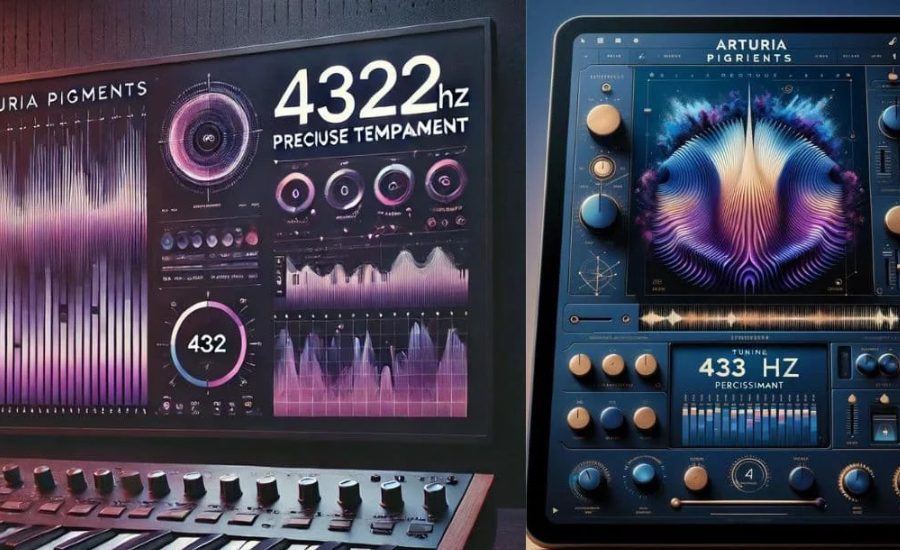
The 432Hz tuning is commended for its tasteful characteristics as well as for its expected mental and close to home advantages. While logical proof is as yet a subject of discussion, a huge number and performers the same report beneficial outcomes when presented to music tuned to 432Hz.
Psychological and Emotional Benefits
Audience members frequently depict encountering a feeling of serenity, mental clearness, and profound warmth while paying attention to 432Hz music. This recurrence is said to reverberate all the more normally with the human body, possibly lessening pressure and cultivating a more profound close to home association with the music. Subsequently, 432Hz tuning has turned into a famous decision in music treatment and other health rehearses.
Artistic Expression
For performers, 432Hz offers an exceptional chance for creative articulation. The marginally lower pitch contrasted with 440Hz makes a hotter, more natural sound, which can be especially compelling in kinds zeroed in on air and feeling. By trying different things with 432Hz, specialists can investigate new states of mind and surfaces, pushing the limits of their inventive potential.
Integrating 432Hz Temperament in Your Workflow
Integrating 432Hz tuning into your customary creation work process can be a consistent cycle with the right methodology. The following are a few commonsense tips to assist you with incorporating this tuning into your music projects really.
Practical Tips
- Begin with Presets: Use or make presets currently tuned to 432Hz to save time and guarantee consistency.
- Consistency Across Instruments: Guarantee all instruments in your piece are tuned to 432Hz to keep up with congruity.
- Explore different avenues regarding Sorts: Test 432Hz tuning across various types to comprehend what it means for sound and mind-set.
- Utilize Visual Devices: Utilize range analyzers and tuners to affirm the exactness of your 432Hz tuning outwardly.
Examples from Professionals

Numerous craftsmen who work in encompassing, reflection, and recuperating music have embraced 432Hz as their favored tuning. These experts frequently refer to the recurrence’s capacity to make a more profound association with their crowd and improve the vivid nature of their music. Gaining from their strategies can rouse your own investigations with 432Hz tuning.
Comparing 432Hz to 440Hz
The discussion somewhere in the range of 432Hz and 440Hz is a hotly debated issue inside the music local area. While 440Hz remaining parts the business standard, 432Hz offers an interesting option with its own arrangement of qualities and advantages.
Differences in Sound
Right away, the contrast somewhere in the range of 432Hz and 440Hz could appear to be unobtrusive, yet over the long haul, the qualification turns out to be more obvious. Music tuned to 432Hz is much of the time portrayed as milder, hotter, and more lovely to the ear, while 440Hz can be seen as marginally more keen and more serious.
Impact on Listener’s Perception
The effect of 432Hz on audience members differs. Certain individuals feel more loose and sincerely drew in while paying attention to music in this tuning, while others probably won’t see a tremendous distinction. Eventually, the decision somewhere in the range of 432Hz and 440Hz relies upon the ideal close to home effect of the music.
The Science Behind 432Hz
The 432Hz recurrence is encircled by different speculations and cases, some of which are established in pseudoscience, while others have a logical premise. Understanding the science behind 432Hz can give knowledge into its possible advantages and applications.
Facts:
- 432Hz Tuning: Tuning music to 432Hz is believed to resonate more harmoniously with natural frequencies, providing a warmer and more soothing listening experience compared to the standard 440Hz tuning.
- Arturia Pigments: A powerful software synthesizer that allows extensive customization of sound. It supports various sound engines including wavetable, virtual analog, granular, and harmonic blending.
- Global Tuning Adjustment: In Pigments, you can set the global tuning from the default 440Hz to 432Hz. This setting will affect all sound engines and voices, tuning all created sounds to 432Hz.
- Temperament Tuning Options:
- Equal Temperament: Divides the octave into 12 equal parts. At 432Hz, it produces a noticeably warmer sound compared to 440Hz.
- Just Intonation: Based on pure intervals derived from whole number ratios, offering more harmonious and resonant sounds.
- Pythagorean Tuning: Focuses on perfect fifths, creating a sound with historical and mystical qualities.
- Meantone Temperament: A compromise between pure intervals and equal temperament, providing a balance suitable for various musical contexts.
- Well Temperament: Allows for flexible key changes while maintaining harmonious sound, ideal for complex musical structures.
- Applications:
- Ambient and Meditation Music: 432Hz can enhance the calming effects, making it suitable for relaxation and meditation.
- Cinematic Soundscapes: Adds depth and emotional impact to film and game scores.
- Electronic and Experimental Music: Offers a fresh perspective and unique sonic textures.
- Live Performance: Creates a distinct sonic signature and can make performances more memorable.
Summary:
Arturia Pigments is a versatile software synthesizer known for its wide array of sound design capabilities. When combined with the 432Hz tuning, it offers a unique opportunity to explore alternative tuning systems and enhance your music production. This guide delves into the process of setting uparturia pigments 432hz precise temprament for 432Hz tuning, explores various temperament options, and provides practical applications for integrating these settings into your music projects.
FAQs:
1. What is 432Hz tuning, and why is it used?
432Hz tuning is an alternative to the standard 440Hz tuning, believed to resonate more harmoniously with natural frequencies. Proponents argue that it creates a warmer, more soothing sound and enhances emotional connection with the music.
2. How do I set Arturia Pigments to 432Hz?
Open arturia pigments 432hz precise temprament, navigate to the settings menu, and locate the “Global Tuning” option. Change the tuning frequency from 440Hz to 432Hz to adjust all sounds within Pigments to this frequency.
3. What are the different temperament tunings available in Arturia Pigments?
Pigments allows you to explore various temperament tunings, including:
- Equal Temperament
- Just Intonation
- Pythagorean Tuning
- Meantone Temperament
- Well Temperament
4. How does 432Hz tuning affect the sound of my music?
Music tuned to 432Hz is often described as warmer and more resonant compared to 440Hz. The tuning can provide a more relaxed and emotionally engaging listening experience.
5. Can I use 432Hz tuning in live performances?
Yes, tuning to 432Hz can give your live performances a unique sonic identity. It may enhance the overall impact of your music, though the difference might be subtle to some listeners.
6. Are there any scientific studies supporting the benefits of 432Hz tuning?
While many claim that 432Hz has psychological and emotional benefits, scientific evidence is limited and often debated. The perceived benefits are largely subjective and based on personal experiences.
7. How can I integrate 432Hz tuning into my music production workflow?
Start by using presets tuned to 432Hz, ensure all instruments are tuned consistently, experiment with different temperaments, and use visual tools to confirm tuning accuracy. Learning from professionals who use 432Hz can also provide valuable insights.
This guide provides an overview of integrating 432Hz tuning into arturia pigments 432hz precise temprament, exploring its benefits, and applying it to various music genres and production techniques.

